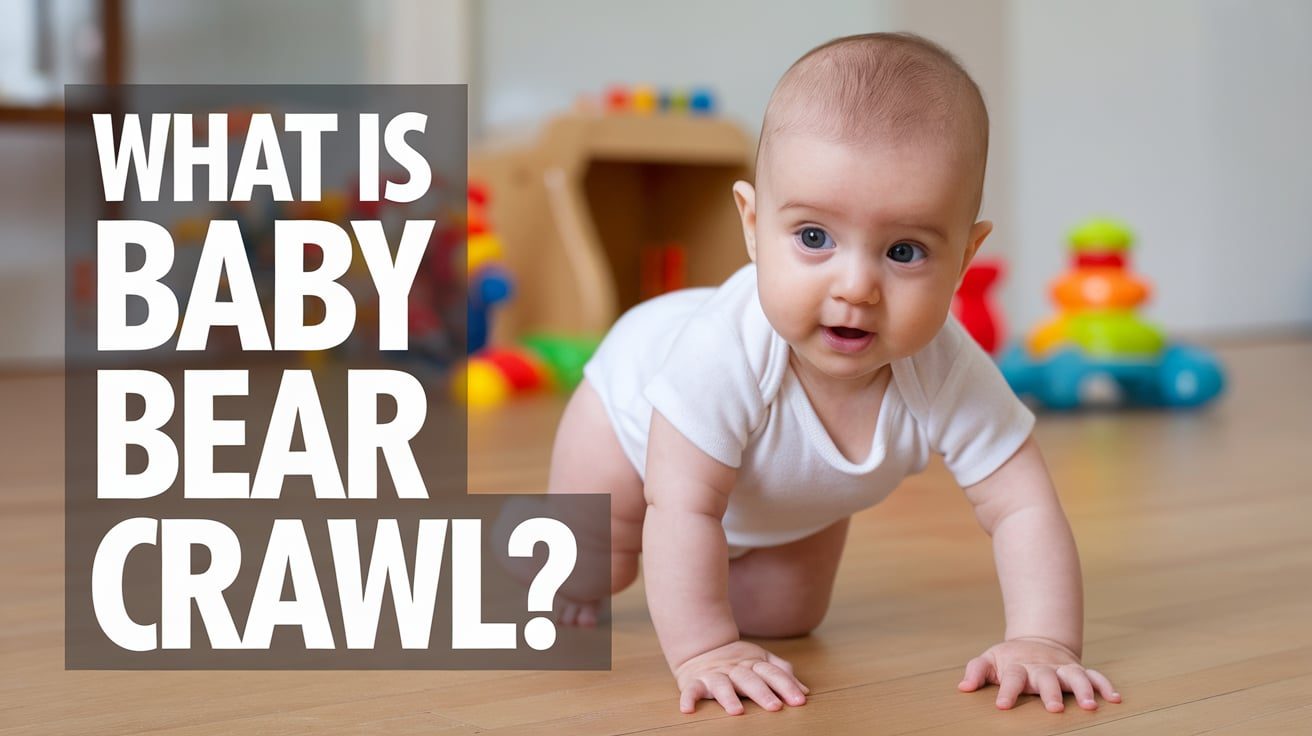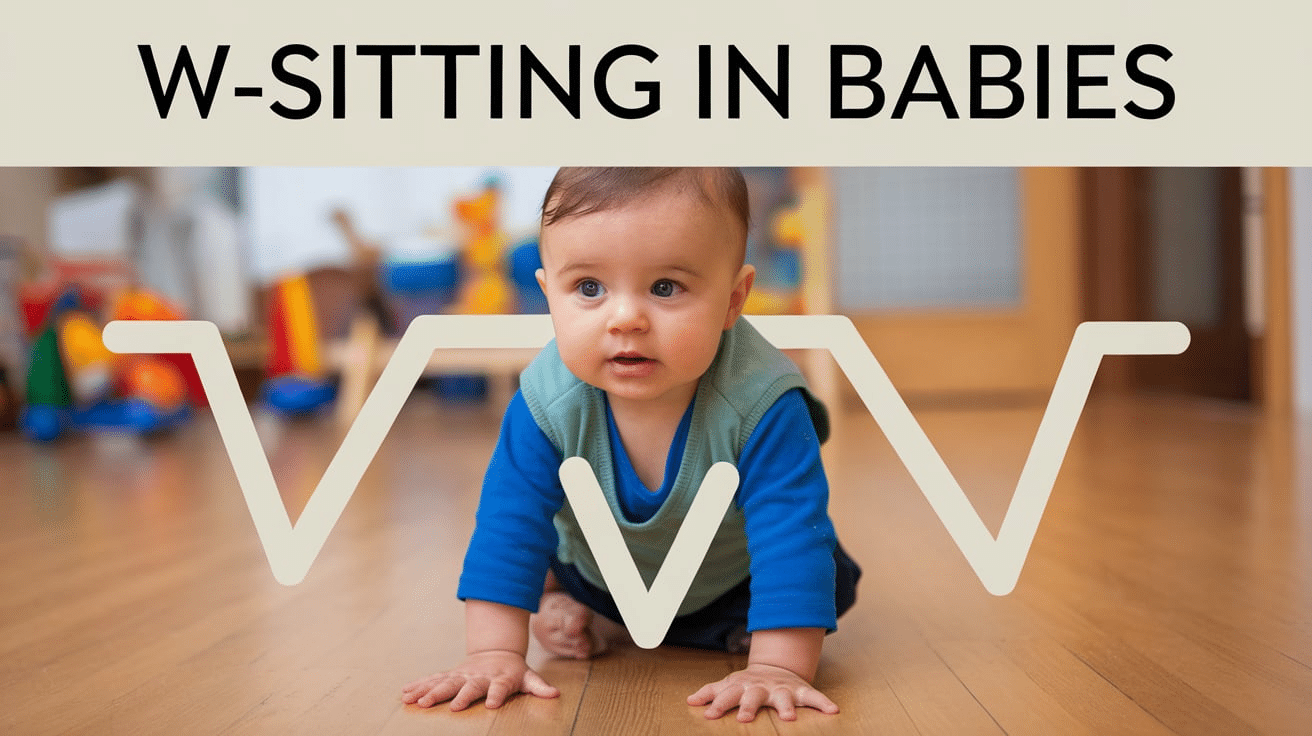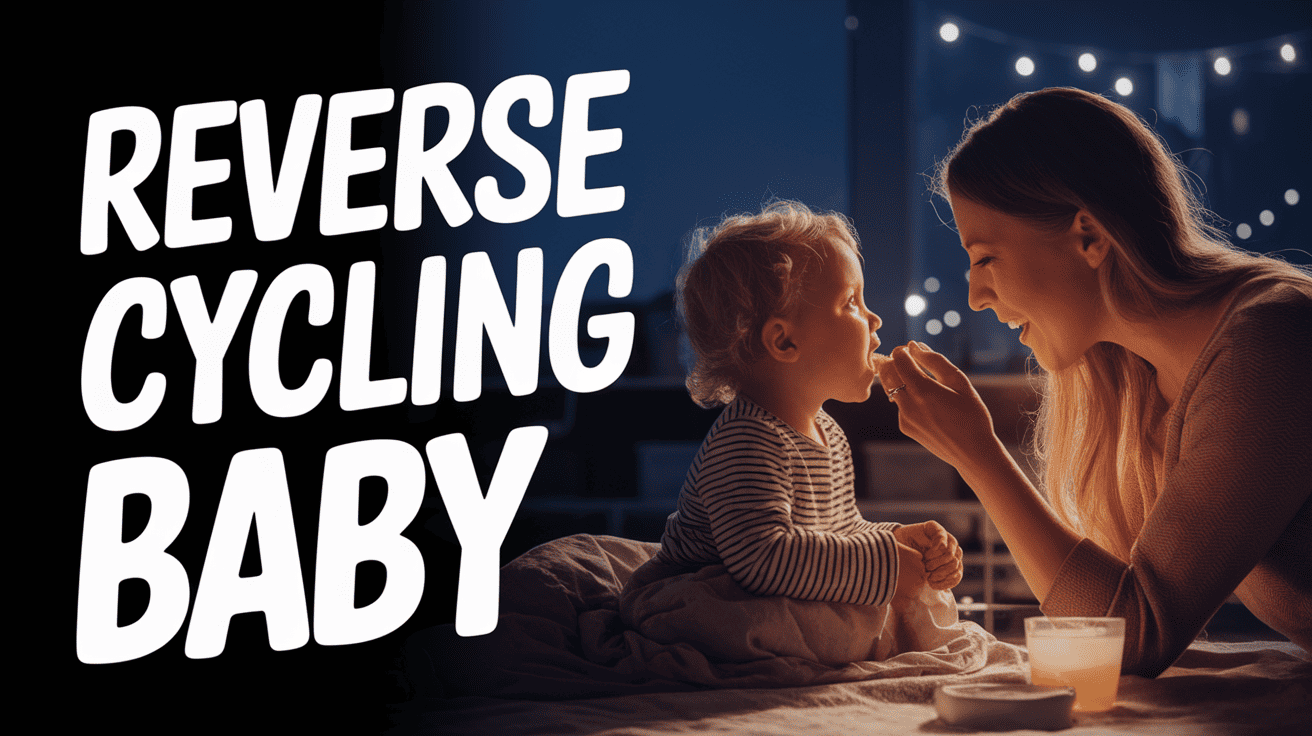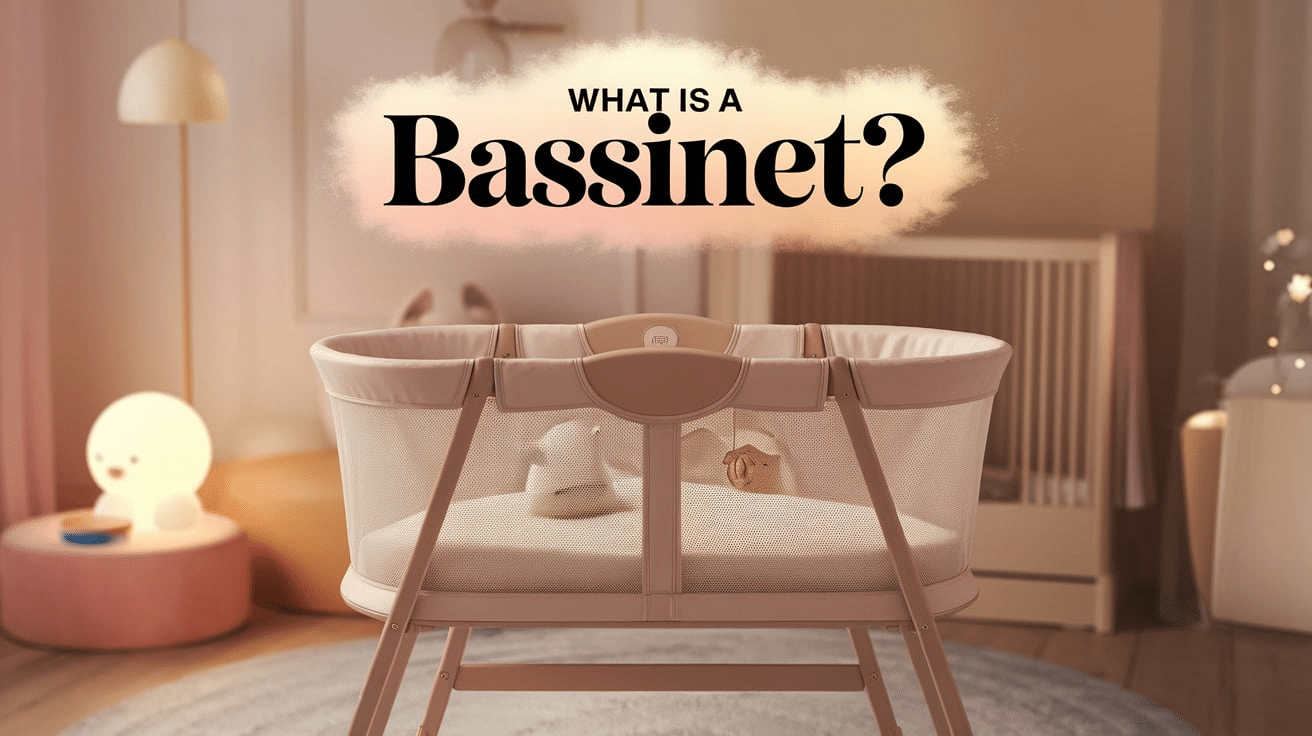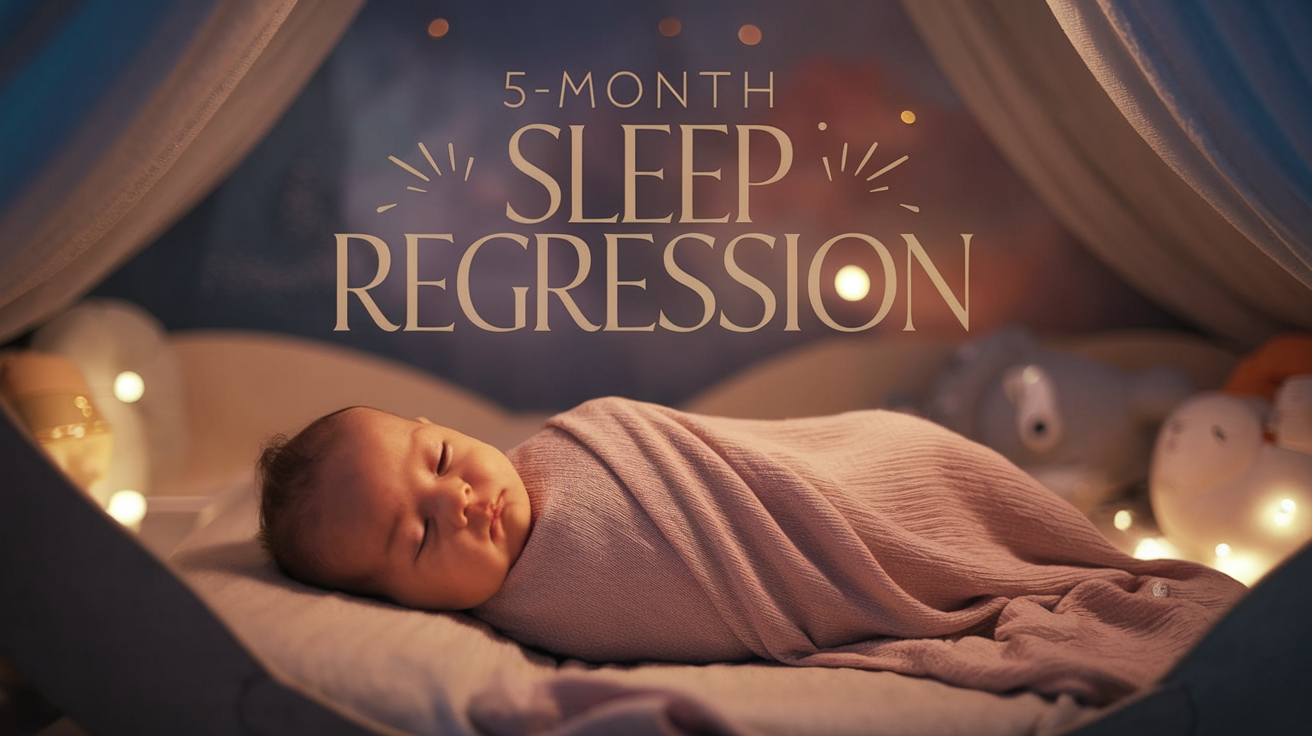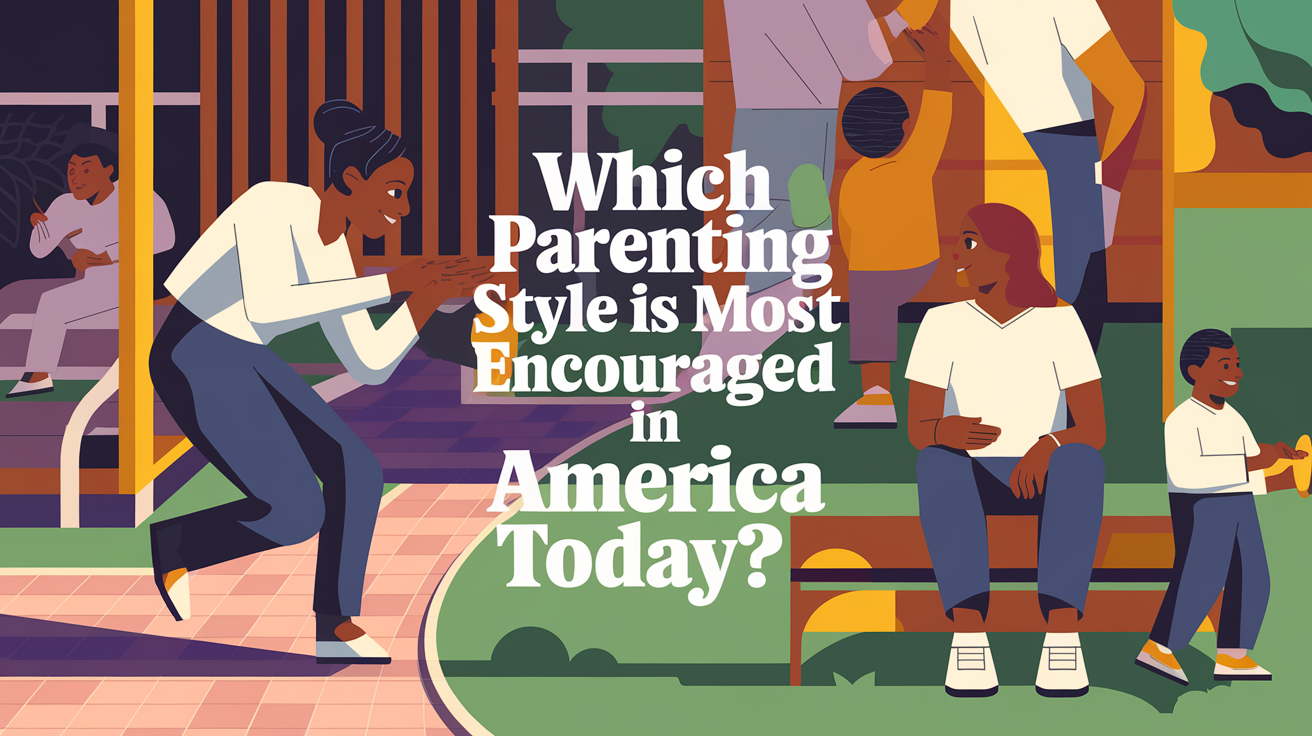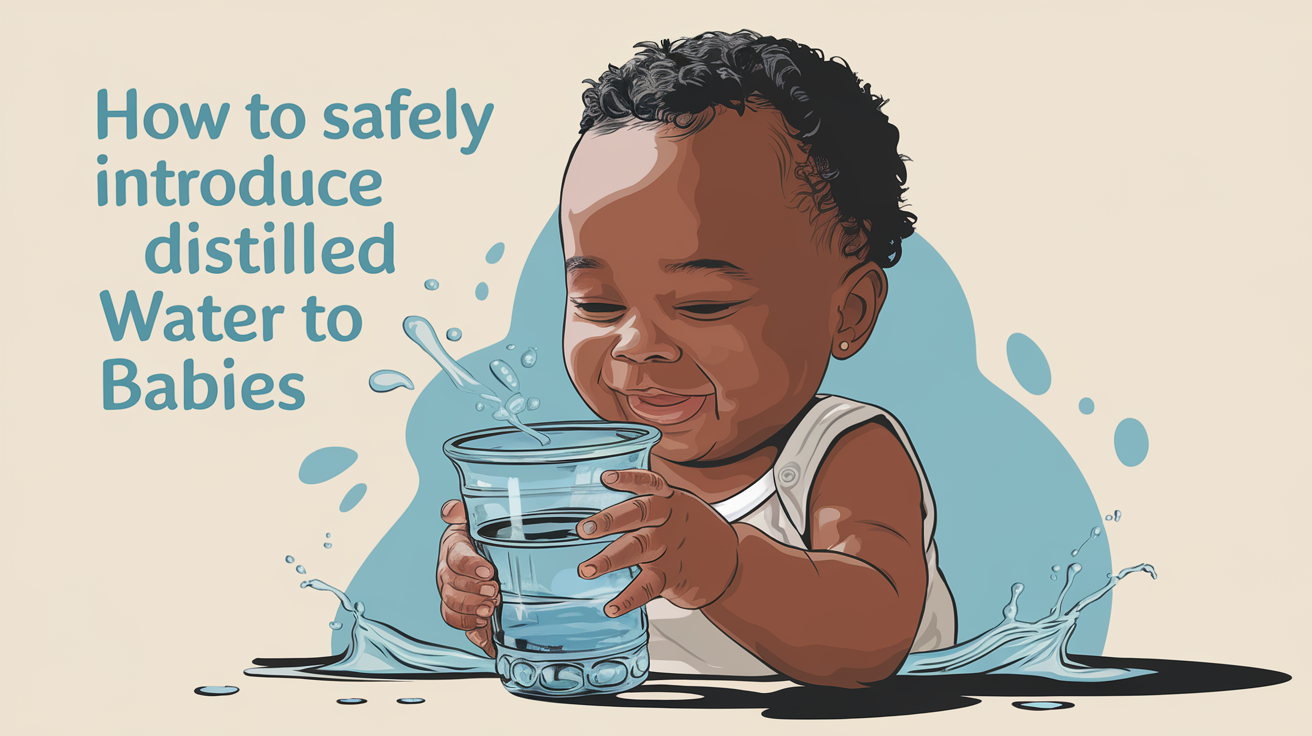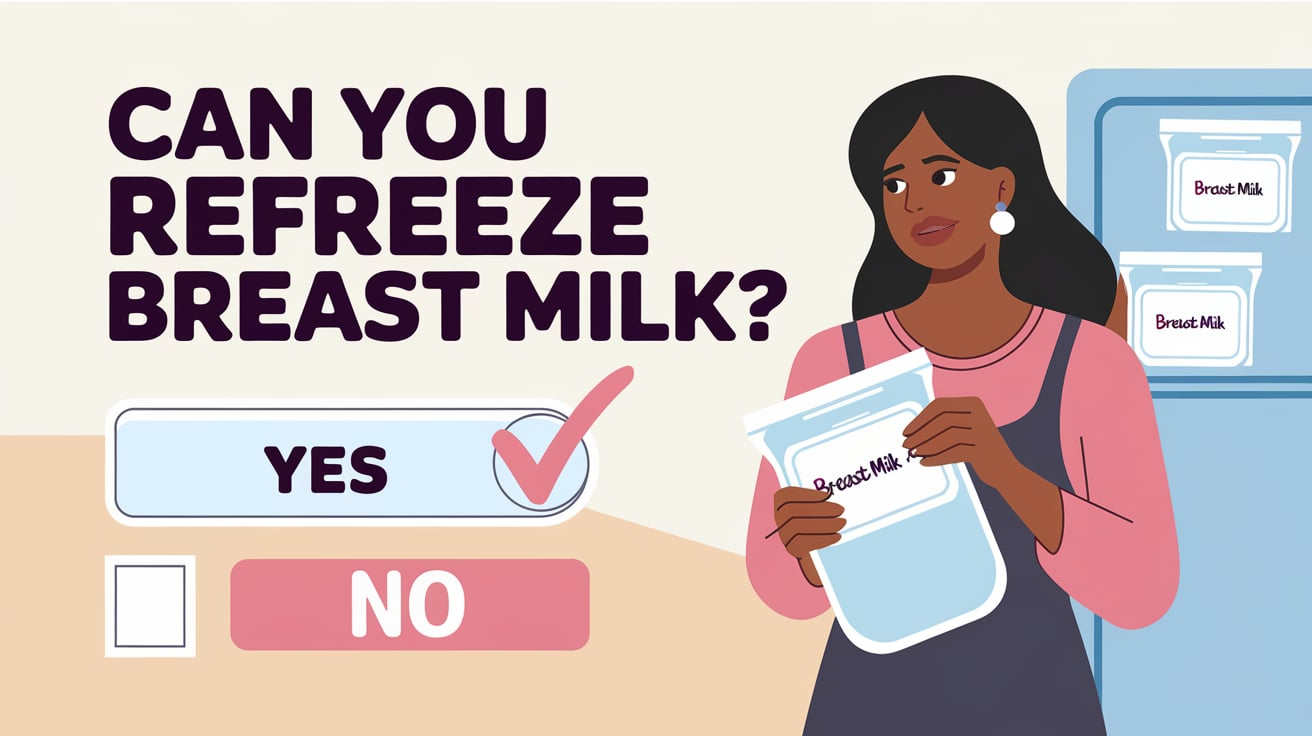
Have you ever noticed your baby taking super short naps? This is called catnapping, and it happens when babies sleep for only 20-45 minutes at a time.
Catnapping is normal for many babies because their sleep cycles are shorter than adults. While grown-ups have 90-minute sleep cycles, babies have cycles lasting just 30-45 minutes.
When babies reach the end of their first sleep cycle, they often wake up completely instead of starting another cycle.
Catnapping usually begins around 8 weeks old and becomes most common around 4 months. During this time, babies are learning how to organize their sleep patterns while their brains grow quickly.
Although these short naps are normal, they can be challenging for both babies and parents since babies don’t get enough deep, restful sleep, and parents don’t get enough breaks.
The Definition of a Catnap
Catnapping refers to when babies take very short naps lasting only 20-45 minutes. These brief sleep periods end after just one sleep cycle, leaving babies still tired and fussy.
Unlike adults, who transition between sleep cycles more smoothly, babies often wake completely when reaching the end of their first cycle instead of moving into another one.
This sleep pattern is normal developmental behavior that most infants naturally outgrow as they mature. However, these short naps can be particularly challenging for parents who need longer breaks to rest or complete tasks.
Many parents worry about whether these brief naps provide sufficient quality rest for their babies. Despite the challenges, understanding that catnapping is a normal phase can help parents manage this temporary sleep pattern.
Why Do Babies Catnap?

- Babies catnap because their sleep cycles are shorter than those of adults—about 30-45 minutes versus 90-120 minutes.
- Catnapping typically begins around 8 weeks and peaks at 4 months
- Immature sleep patterns make it hard for babies to link sleep cycles together
- Their nervous systems are still developing, making deep sleep harder to maintain
Most babies naturally catnap as part of their development. Their brains are learning how to organize sleep patterns while growing rapidly. This is normal but temporary, as most babies develop more mature sleep patterns by 6-9 months of age.
Is Catnapping a Problem?

Catnapping—when babies take only short naps—can negatively impact both babies and parents. For babies, short naps don’t provide enough restorative sleep necessary for brain development, often leading to overtiredness, irritability, feeding issues, and potentially affecting cognitive development.
For parents, the constant cycle of settling a baby who wakes shortly after creates exhaustion and frustration. Parents often feel trapped, unable to complete basic tasks, and experience deteriorating mental health from sleep deprivation.
Household responsibilities pile up while parents spend hours trying to extend naps, frequently causing relationship tension. Though occasional short naps are normal, persistent catnapping creates challenges for the entire family and isn’t a reflection of parenting skills.
Common Causes of Catnapping

Catnapping, or taking short naps that don’t provide adequate rest, can be frustrating for both babies and adults. Here are the most common causes:
1. Sleep Environment Issues
Rooms that are too bright signal the brain to stay alert, while noise disruptions can startle babies awake between sleep cycles. The right sleep environment helps babies stay asleep longer.
Blackout curtains block light and prevent deep sleep, and white noise machines mask household sounds that might wake a sleeping baby. Babies sleep best in rooms between 68-72°F (20 and 22°C).
Creating a consistent sleep space helps babies recognize it’s time for a longer rest.
2. Sleep Cycle Maturation
Around 4 months, babies experience a major sleep development leap. Their sleep patterns become more adult-like, with distinct sleep cycles. This is when many babies who previously napped well suddenly start catnapping.
They wake up after one cycle and don’t know how to fall back asleep. The 4-month sleep regression happens when sleep cycles mature, and babies must learn to connect sleep cycles, a skill not present at birth.
3. Hunger and Discomfort
When babies feel hungry or uncomfortable, they cannot sleep deeply. A baby who falls asleep without a full feeding may wake hungry after one sleep cycle.
Hungry babies wake early from naps seeking food, and small stomachs need frequent filling in the first months. Gas, reflux, or allergies can cause discomfort during sleep, and teething pain often disrupts nap patterns.
Physical discomforts like wet diapers can also trigger early waking.
4. Over-Tiredness vs. Under-Tiredness
Timing naps correctly is crucial for longer sleep. If babies stay awake too long, they become overtired and struggle to sleep deeply. If put down too soon, they aren’t tired enough for a good nap.
Most 4-month-olds need 1.5-2.5 hours of awake time between sleep. Each age has ideal “wake windows,” and missing the right timing can lead to catnapping. Finding your baby’s perfect wake window helps them sleep longer.
5. Teaching Self-Soothing Skills
Babies who can self-soothe are more likely to link sleep cycles together. When they stir between cycles, they can drift back to sleep without fully waking. Start by putting your baby down when drowsy but still awake.
If they protest, wait a few minutes before responding. When you do respond, try minimal interventions first, like gentle pats or reassuring words. Introduce a comfort object for babies over 12 months.
Signs That Catnapping Might Be a Bigger Issue

- Baby seems constantly exhausted despite your best efforts
- Baby shows signs of poor weight gain or development
- Catnapping persists beyond 9-12 months despite consistent routines
- Your baby seems uncomfortable or in pain during sleep
While catnapping is usually normal, sometimes it signals other issues. If your baby looks truly exhausted, cries inconsolably, or shows developmental concerns, talk to your doctor.
Persistent sleep issues might indicate conditions like reflux, food sensitivities, or sleep apnea. Trust your instincts – you know your baby best.
Sleep Consultants and Resources
- Pediatric sleep consultants offer personalized plans for difficult cases
- Support groups connect you with other parents facing similar challenges
- Books like “Precious Little Sleep” provide evidence-based strategies
- Sleep tracking apps can help identify patterns you might miss
Sometimes, professional help makes all the difference. Sleep consultants work with your parenting philosophy to create a plan that fits your family.
Online support groups encourage you when you feel alone. Sleep tracking apps can reveal patterns and improvements you might not notice when exhausted. Remember that seeking help is a sign of strength, not weakness.
Wrapping It Up
Catnapping is a normal part of baby development, but it doesn’t have to last forever. Most babies outgrow this phase by 6-9 months as their sleep patterns mature.
Until then, parents can help by creating the perfect sleep environment with a dark room, white noise, and a comfortable temperature.
Teaching babies to self-soothe helps them connect sleep cycles without fully waking up. The “rouse to sleep” trick, where you gently disturb your baby before they naturally wake, can also help extend naps.
Following age-appropriate wake windows between naps prevents overtiredness. Remember that catnapping doesn’t mean you’re doing anything wrong as a parent.
With patience and consistent routines, your little catnapper will eventually take longer, more restful naps, giving both of you the rest you need.
Frequently Asked Questions (FAQs)
Can Catnapping Impact My Baby’s Overall Development?
No, catnapping is a normal phase and typically does not negatively affect development.
Are There Safe Sleep Position Recommendations For Naps?
Yes, always place your baby on their back to reduce the risk of SIDS.
Does a Consistent Bedtime Routine Help Reduce Catnapping?
Yes, establishing a routine can support better sleep patterns and longer naps.
Can Sleeping in Different Locations Affect Nap Quality?
Yes, consistency in the sleep environment can promote more restorative naps.

